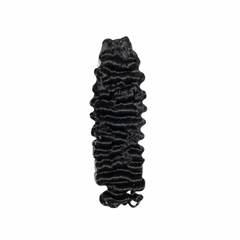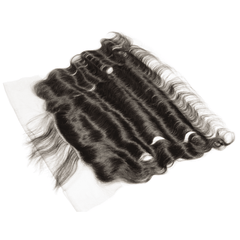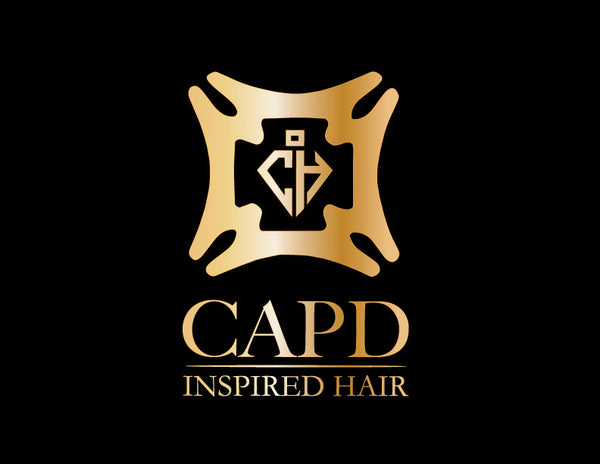Securing wigs with lace glue is a popular choice for achieving a seamless and natural look. However, for individuals with sensitive skin or allergies, using adhesive products can pose challenges. In this blog post, we'll explore essential tips and precautions to ensure the safe and comfortable use of lace glue, addressing skin sensitivity and allergy concerns.
1. Understanding Skin Sensitivity:
- Recognizing the signs of skin sensitivity to adhesive products.
- Common symptoms such as redness, itching, irritation, and inflammation.
- Importance of identifying potential allergens and irritants in lace glue formulations.
2. Patch Testing:
- Conducting a patch test before full application to assess skin compatibility.
- Applying a small amount of lace glue to a discreet area of skin and monitoring for any adverse reactions.
- Recommended waiting period and observation time for patch testing.
3. Choosing Hypoallergenic Products:
- Opting for lace glues specifically formulated for sensitive skin.
- Selecting hypoallergenic and dermatologist-tested adhesive products.
- Reading ingredient labels to avoid common allergens such as latex, formaldehyde, and fragrances.
4. Proper Skin Preparation:
- Cleansing the skin thoroughly before applying lace glue to remove dirt, oils, and impurities.
- Avoiding moisturizers, oils, or skincare products that may interfere with adhesive bond formation.
- Allowing the skin to dry completely before initiating the application process.
5. Using Protective Barriers:
- Applying a barrier cream or skin protectant around the hairline to create a buffer between the skin and adhesive.
- Barrier products help minimize direct contact with lace glue, reducing the risk of skin irritation and allergic reactions.
- Silicone-based or water-based barrier creams are gentle options suitable for sensitive skin.
6. Monitoring Skin Reactions:
- Remaining vigilant for any signs of skin irritation or allergic responses during and after wig wear.
- Promptly removing the wig and cleansing the affected area if discomfort or adverse reactions occur.
- Consulting with a dermatologist or healthcare professional for personalized advice and treatment recommendations.
7. Seeking Alternative Solutions:
- Exploring alternative wig attachment methods such as wig tapes, clips, or adhesive-free options.
- Discussing concerns with wig specialists or dermatologists to explore alternative products and techniques.
Prioritizing safety and skin health is paramount when using lace glue for wig applications, especially for individuals with skin sensitivity or allergies. By following these tips for skin sensitivity and allergy prevention, wearers can enjoy the benefits of lace glue while minimizing the risk of adverse reactions. Remember to patch test, choose hypoallergenic products, practice proper skin preparation, use protective barriers, and monitor skin reactions diligently to ensure a safe and comfortable wig-wearing experience.






